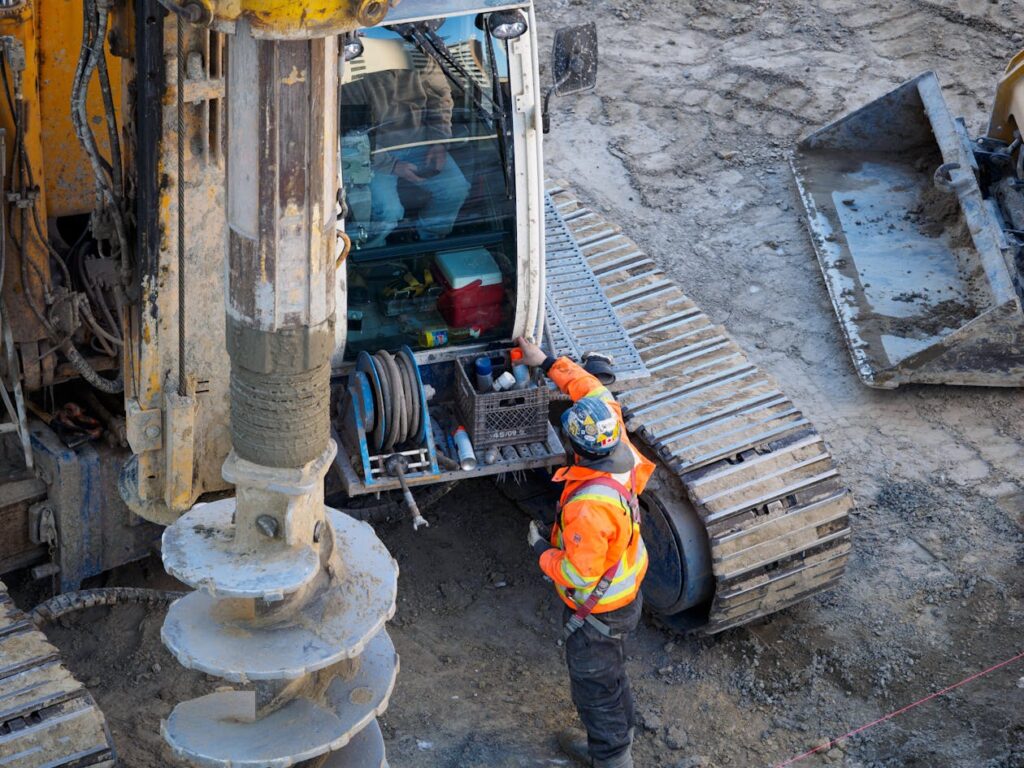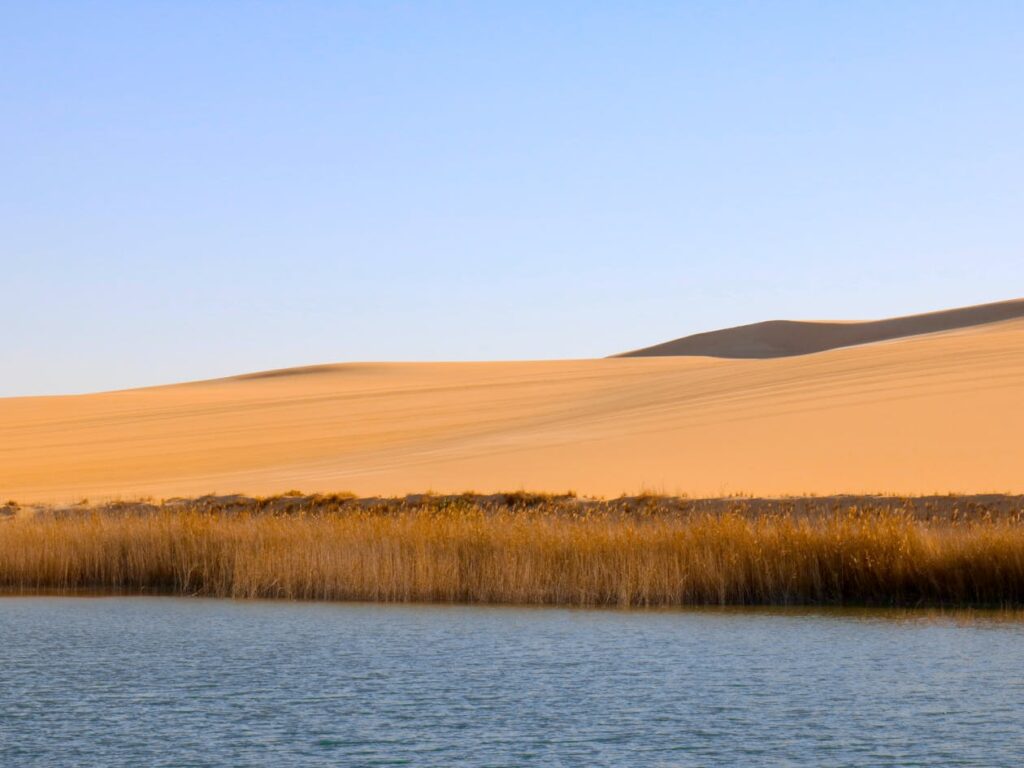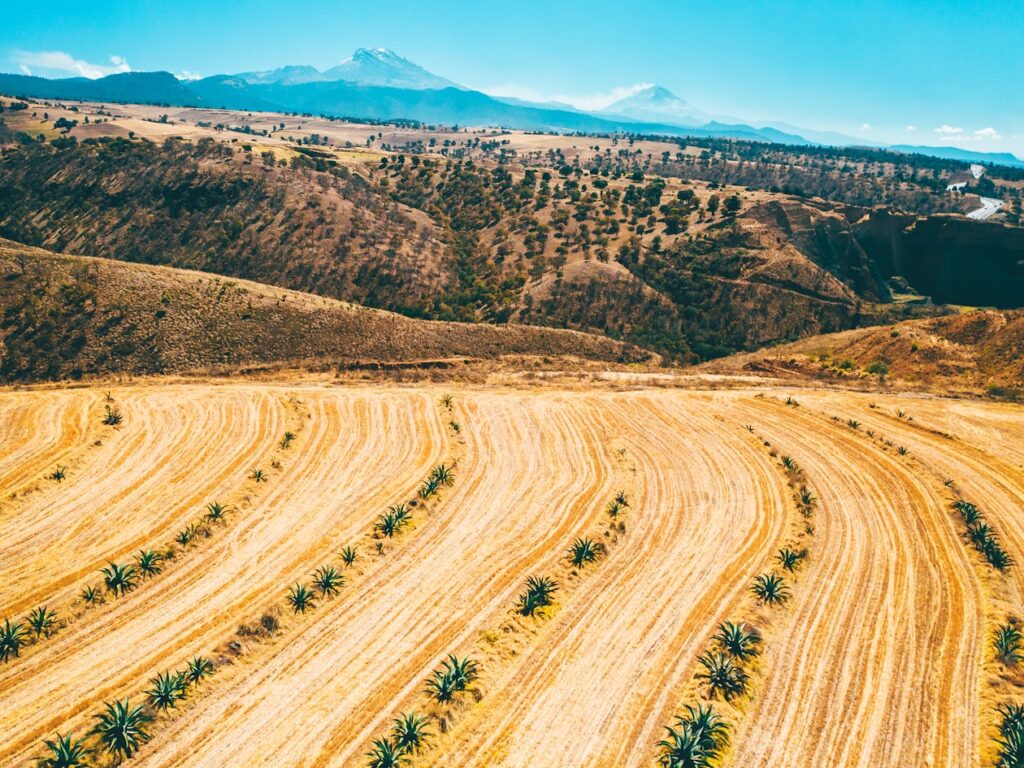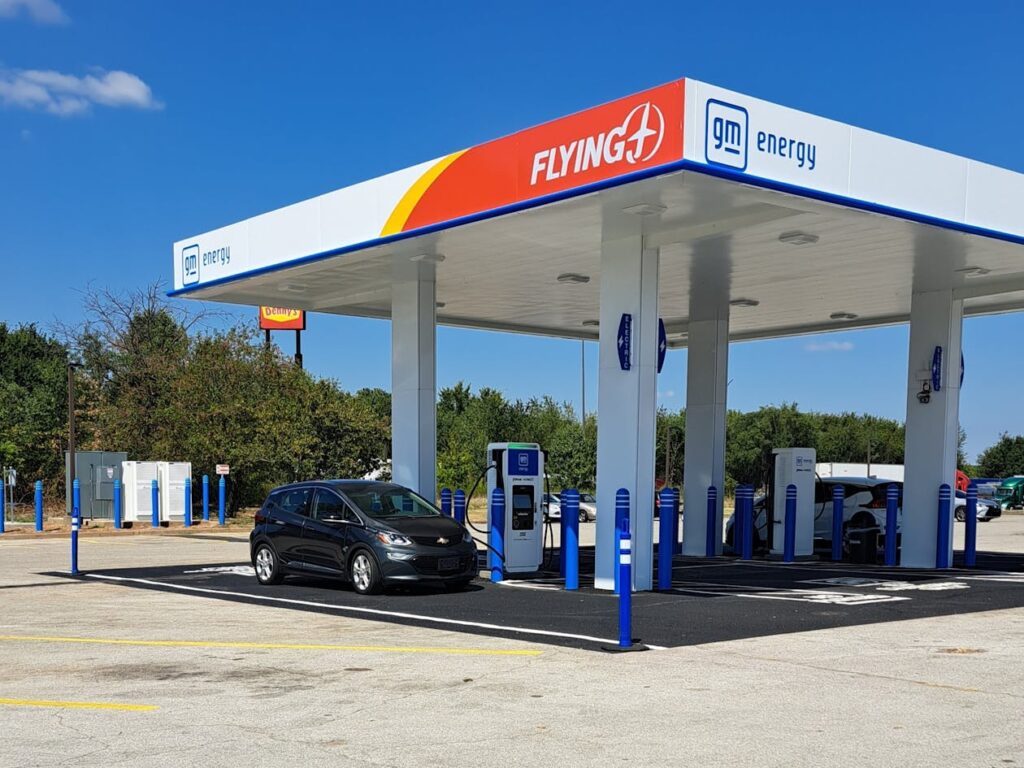A Massive Lithium Deposit Often Called ‘White Gold’ Valued at $1.5 Trillion Has Been Discovered Near the Oregon-Nevada Border in the US

Deep beneath Oregon’s high desert lies a treasure worth more than most countries’ annual budgets. Scientists have confirmed that McDermitt Caldera, an ancient volcanic formation straddling the Oregon-Nevada border, contains what could be America’s largest lithium deposit, valued at an estimated $1.5 trillion.
Lithium, often referred to as “white gold” due to its significant value in today’s economy, powers a wide range of devices, from smartphones to electric vehicles. While most people associate mining with coal or precious metals, lithium represents the future of energy storage and transportation.
McDermitt Caldera formed 16 million years ago during massive volcanic eruptions. What makes this location extraordinary isn’t just its age, but how geological processes concentrated lithium into clay deposits over millions of years.
What Makes McDermitt Caldera Special

McDermitt Caldera spans roughly 40 by 25 kilometers, creating one of the most significant volcanic formations in the western United States—ancient eruptions left behind mineral-rich sediments that accumulated in layers across the desert floor.
Scientists estimate the deposit contains between 20 and 40 million metric tons of lithium. Unlike salt brine operations found in South America, McDermitt’s lithium sits trapped in clay formations that require different extraction methods.
Geological surveys reveal unique conditions that concentrate lithium at far higher levels than usual. Closed water systems allowed minerals to accumulate without being washed away, creating rich deposits that formed during the Yellowstone hotspot’s early activity.
Federal Government Fast-Tracks Exploration Permits

HiTech Minerals, a subsidiary of Jindalee Lithium, an Australian company, recently received federal approval to begin exploratory drilling. Bureau of Land Management officials accelerated the approval process, sparking immediate controversy.
“This feature is 16 million years old, and we’re making decisions in a matter of years,” said Sammy Castonguay, a geologist at Treasure Valley Community College.
Critics point out that BLM typically allows 30 to 90 days for public comment on significant projects. HiTech’s proposal received just five days of public input before approval. Environmental groups called the timeline insufficient for evaluating long-term impacts.
Plans include creating access roads and more than 260 drill sites across a 100-acre area. Exploration could last five years before any actual mining begins.
Environmental Battle Lines Form Over Desert Mining

Environmental organizations have mobilized opposition to large-scale lithium extraction. Great Basin Resource Watch leads efforts to slow development until comprehensive environmental reviews occur.
Concerns center on groundwater contamination, air quality impacts, and habitat destruction. Processing claystone deposits requires complex techniques, including acid leaching, raising questions about waste disposal and water safety.
McDermitt Caldera supports a diverse array of wildlife, including pronghorn antelope, sage-grouse, and the endangered Lahontan cutthroat trout. King River Pyrg spring snails, found nowhere else on Earth, inhabit nearby water sources that are susceptible to contamination risks.
Past drilling in similar high-desert regions has shown that large-scale operations can affect groundwater tables. Mining typically involves extensive excavations, chemical processing, and significant water usage.
Indigenous Communities Fight for Sacred Lands

The Fort McDermitt Paiute, Shoshone, and Bannock tribes consider the caldera area their ancestral homeland, holding it in deep cultural significance. Tribal leaders have contested previous mining proposals, citing sites that are important for ceremonies and traditional practices.
McDermitt Caldera holds spiritual value that extends beyond economic considerations. Tribal representatives want meaningful consultation rather than token outreach efforts that ignore community concerns.
“We need to do this the Oregon way – with full accountability and shared benefits,” said Greg Smith, director of economic development in Malheur County.
Lithium Rush Driven by Electric Vehicle Boom
The production of electric vehicles has created unprecedented demand for lithium batteries. Major automakers, including Tesla, Ford, and General Motors, have committed to transitioning entire fleets to electric power within the next decade.
Lithium’s unique properties make it irreplaceable in modern battery technology. Its lightweight and excellent electrochemical characteristics allow batteries to store more energy while weighing less than alternatives.
Global supply chains currently depend heavily on overseas sources, particularly from South America and Australia. Domestic lithium production could reduce dependence on foreign suppliers while supporting American manufacturing jobs.
Economic Opportunities Versus Community Costs

Malheur County ranks among Oregon’s poorest regions, making potential mining jobs attractive to residents. Economic development officials promote lithium extraction as an opportunity to bring prosperity to struggling communities.
However, critics worry about boom-bust cycles that leave environmental damage after initial excitement fades. Mining operations typically create temporary employment spikes followed by long-term ecological costs.
Rural communities want assurance they won’t bear cleanup responsibilities once companies extract valuable resources and move elsewhere. Balancing economic needs with environmental protection remains challenging for desert regions.
Several Companies Vie for the Attention of Caldera Wealth
The race for lithium riches at McDermitt Caldera has reached a fever pitch, with multiple companies vying for control over this lucrative resource. Lithium Americas has already made significant strides on the Nevada side, diligently constructing infrastructure to support its active mining operations. Meanwhile, HiTech Minerals has turned its attention to the untapped Oregon portions of this expansive deposit, diligently executing a five-year exploration plan designed to unlock the potential buried beneath the surface.
As lithium prices soar, competition for the remaining unclaimed areas of the caldera intensifies. Investment firms are increasingly aware that early access to established deposits can yield substantial competitive advantages—a realization that spurs their aggressive pursuit of available opportunities.
In addition to these key players, various other business interests have successfully secured permits to explore different sectors of the caldera. However, each company faces a complex labyrinth of federal regulations, stringent environmental reviews, and potential community pushback as they race to stake their claims in this mineral-rich landscape. As they navigate these challenges, the stakes remain high in the quest for lithium’s transformative potential.
Trump Administration Alters the Mining Industry

In a bold move to reshape the nation’s mining landscape, President Trump signed a series of executive orders aimed at prioritizing the extraction of critical minerals essential for America’s economic and technological advancement. These directives not only accelerate the approval processes for mining projects but also seek to dismantle the federal bureaucracy that has historically imposed regulatory barriers, thereby stymying mining development efforts.
Key policy shifts within the Bureau of Land Management favor industry interests, often at the expense of longstanding environmental protections that have safeguarded natural landscapes. This strategic pivot aligns with broader national priorities that emphasize energy independence and the cultivation of domestic resources, suggesting a renewed focus on harnessing America’s natural wealth.
Administration officials assert that these streamlined approval processes will bolster America’s competitive edge in the global marketplace, simultaneously reducing the nation’s dependence on foreign suppliers, particularly those from potentially adversarial nations. However, environmental advocacy groups raise concerns, warning that the rush to approve projects could overlook critical long-term environmental impacts, potentially jeopardizing ecological integrity for the sake of immediate economic gain.
Scientific Discovery Behind Volcanic Treasure

Recent research has unveiled fascinating geological processes that have led to the remarkable concentration of lithium within the sedimentary layers of the McDermitt region. This area benefits from a unique closed hydrologic system, where the intricate phenomena of diagenesis have facilitated the accumulation of vital minerals without the tendency for natural drainage to wash away these precious elements.
Within this captivating landscape, the clay-based deposits reveal lithium in forms that diverge significantly from the typical concentrations found in salt brine operations encountered in other locales. The extraction process for this lithium is not straightforward; it demands specialized techniques that may prove to be more intricate than the conventional extraction methods commonly employed in other settings.
Scientific analysis has illuminated the presence of tainiolite-like minerals that host lithium reserves in concentrations that greatly surpass those found in conventional volcanic formations. A deeper understanding of these geological processes not only sheds light on McDermitt’s lithium potential but also paves the way for identifying similar valuable deposits in other regions worldwide.
America’s New Weapon in the Global Energy Race
The promising development of the McDermitt Caldera has the potential to catapult the United States into the ranks of the world’s leading lithium suppliers. By harnessing this resource domestically, the nation can fortify its national security, significantly reducing its reliance on foreign sources that could be jeopardized amid geopolitical tensions.
As the global race for lithium intensifies, the quest for strategic mineral independence becomes ever more critical. Nations that control lithium supplies are poised to wield considerable influence over those striving to transition to renewable energy systems, igniting a fierce competition for access to this vital resource.
The McDermitt Caldera embodies both immense opportunity and significant challenges for America’s energy future. How local communities, corporations, and government entities navigate the complex interplay of interests will ultimately shape the outcome.
This ancient volcanic landscape can either emerge as a model of responsible resource development —a harmonious blend of economic growth and environmental stewardship —or it could become yet another cautionary tale of extraction priorities overshadowing vital ecological and cultural considerations.
Loading...

